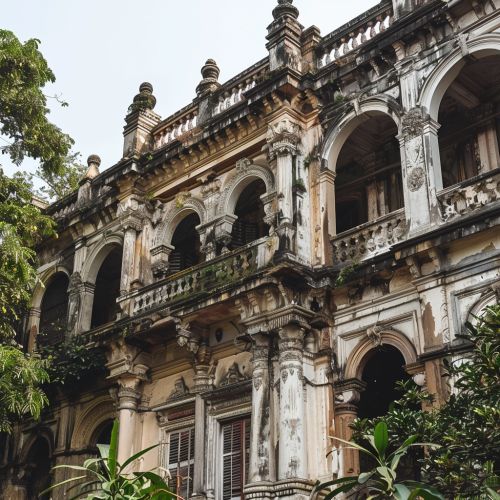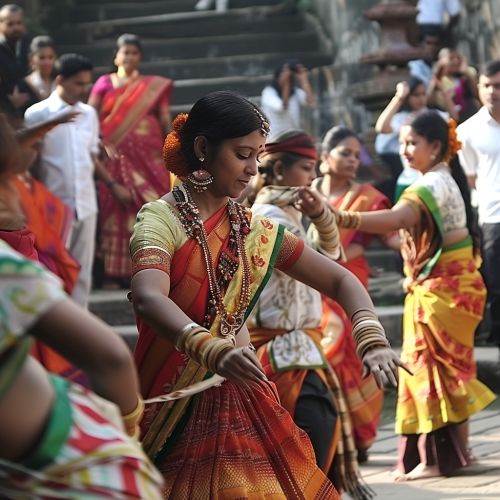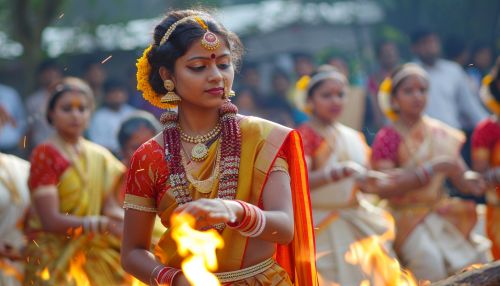Kolkata
History
Kolkata, formerly known as Calcutta, is a city with a rich and diverse history. The city's origins can be traced back to the arrival of the British East India Company in the late 17th century. The Company chose Kolkata as its base due to its strategic location near the Hooghly River, a tributary of the Ganges River. Over the next century, the city grew rapidly as the British established their administrative and commercial hub there.


In the mid-19th century, Kolkata became the capital of British India, and it was during this period that the city's iconic colonial architecture was constructed. The Victoria Memorial, Indian Museum, and Howrah Bridge are all examples of the grandeur of this era. However, the city was also the site of significant political and social unrest, with the Indian National Congress and later the Communist Party of India both having strong presences in Kolkata.
The city's history is also marked by cultural and intellectual movements. The Bengal Renaissance in the 19th and early 20th centuries saw a surge of new ideas in literature, arts, science, and social reforms. Renowned figures such as Rabindranath Tagore and Satyajit Ray have left an indelible mark on the city's cultural landscape.
Geography and Climate
Kolkata is located on the eastern bank of the Hooghly River, in the lower Gangetic plains of West Bengal. The city's topography is flat and lies close to sea level. It is intersected by a number of canals and creeks, remnants of the marshy landscape that originally covered the area.
The city experiences a tropical wet and dry climate, with heavy rainfall during the monsoon season from June to September. The winter months from November to February are mild and dry, while the summer months from March to May are hot and humid.
Economy
Kolkata's economy has undergone significant transformations over the years. During the British era, it was a major commercial and financial hub. However, the city experienced economic stagnation in the decades following independence, due to political instability and labor unrest.
In recent years, Kolkata has seen a resurgence in its economy, driven by sectors such as information technology, real estate, finance, and retail. The city is home to many major Indian corporations, including ITC Limited, Coal India Limited, and National Insurance Company.
Culture
Kolkata is often referred to as the "Cultural Capital of India" due to its thriving arts and cultural scene. The city is renowned for its literary, artistic, and revolutionary heritage. It is the birthplace of modern Indian literary and artistic thought, and has been the home of numerous poets, filmmakers, and Nobel laureates.


The city is also known for its love of football, with the Kolkata Derby between Mohun Bagan and East Bengal being one of the oldest and most intense football rivalries in Asia. Kolkata's culinary scene is equally vibrant, with Bengali sweets like rasgulla and sandesh, and dishes like macher jhol and shorshe ilish being popular.
Education
Kolkata is a major center for education in India. The city is home to some of the country's most prestigious educational institutions, including the University of Calcutta, Jadavpur University, and the Indian Statistical Institute. The city also has a number of renowned schools and colleges, and has been the birthplace of many notable scholars and academics.
